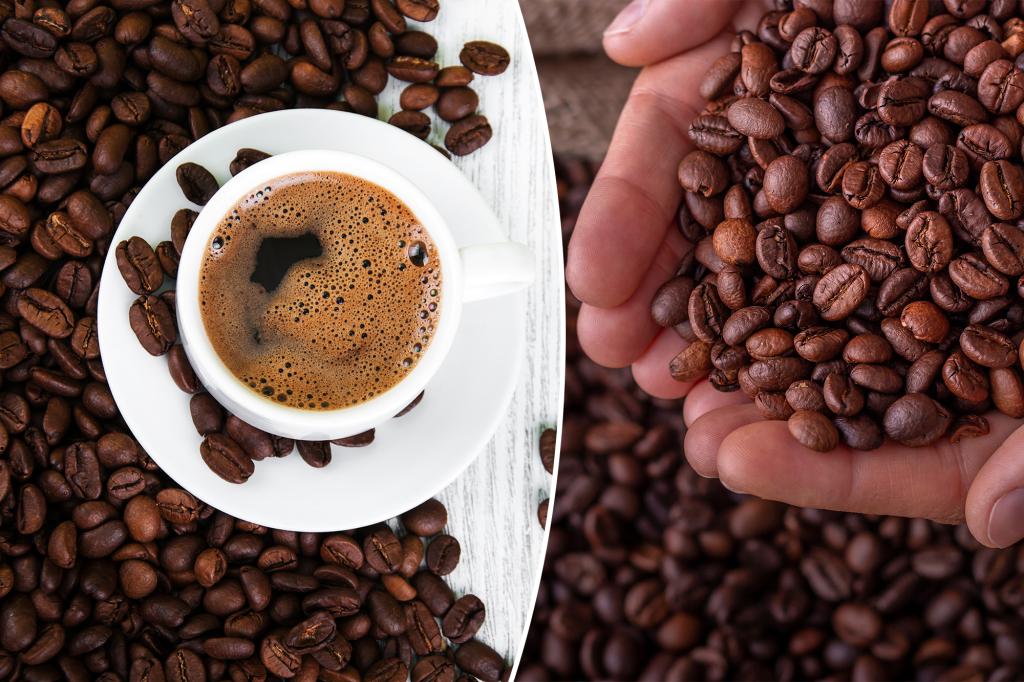This trick will help your daily grind.
Java junkies can stretch their dollar and coffee beans farther by simply changing their water-pouring technique — just in time for coffee prices to spike faster than your caffeinated energy.
A new study published in the journal Physics of Fluids found that a certain pour and kettle can produce the perfect cup of coffee with up to 10% fewer beans.
Researchers at the University of Pennsylvania utilized different tools — including lasers and high-speed cameras — and pour-over techniques to discover how to extract the most liquid fuel from the beans.
“The idea for this research was really to see if we could help do something by reducing the amount of coffee beans that are needed while still keeping the same amount of extraction, so that you get the same strength of coffee,” Arnold Mathijssen, a co-author of the study, told New Scientist.
And the timing for the process may be just right.
“Coffee is getting harder to grow, and so, because of that, prices for coffee will likely increase in the coming years,” he added.
When making pour-over coffee, a technique in which hot water is slowly added to grounds in a cone-shaped paper filter, the results were ground down to a few tips to get the best sips.
It’s so easy, brew can definitely do it.
Pour slowly — the longer the beans are drenched in water, the more liquid comes out of them — and from up high because the longer the water has to fall, the more it stirs up the particles, improving coffee extraction.
An appropriately named gooseneck kettle can also help because it creates a laminar flow effect —when all the liquid particles move in parallel lines — and allows for a gentle pour-over.
“If you were just to use a regular water kettle, it’s a little bit hard to control where the flow goes,” study co-author Ernest Park explained.
“And if the flow isn’t laminar enough, it doesn’t dig up the coffee bed as well.”
Begin dispensing the water from the gooseneck kettle, slowly raise it about 50 centimeters above the cone for the perfect pour.
The science behind the study isn’t just about your average joe.
The results could help experts better understand how erosion happens behind dams and potentially improve water filtration systems.
That’s a double shot of science.
Read the full article here

